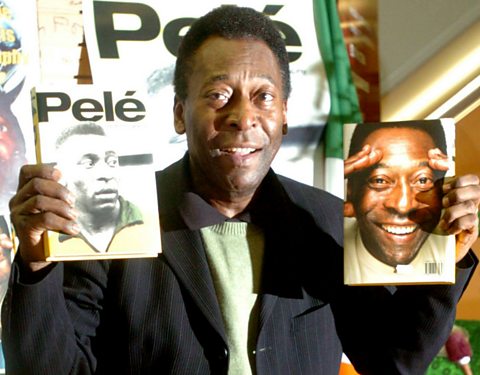Biography

A biography is writing about someone’s life. If someone is writing about their own life it becomes an autobiography. Biography and autobiography might focus on a specific part of someone’s life and experiences.
A biography is usually written both to inform and to entertain. This means it is a mix of factual information and creative writing. Often biographies are of famous people, eg singers, models or sports personalities. However, sometimes biographies of ordinary people who aren’t well known can be interesting because of an extraordinary experience that they’ve had, such as surviving against the odds or doing something heroic.
Example
This is the opening paragraph of Claire Tomalin’s biography of Charles Dickens, the novelist. The young man she is describing is Dickens, aged 37.
14 January 1840, London. An inquest is being held at Marylebone Workhouse, a muddled complex of buildings spread over a large area between the Marylebone Road and Paddington Street. The Beadle, a parish officer responsible for persuading householders to do their duty as jurors People who decide whether someone is ‘guilty’ or ‘not guilty.’ at such inquestA legal investigation, like a court case trial, where evidence is examined., has assembled twelve men. Most of them are middle-aged local tradesmen, but one stands out among them as different. He is young and slight, smartly dressed and good-looking, neither tall nor short at five foot nine inches, with dark hair falling in curls over his forehead and collar. He is a new resident who has just moved into a fine airy house with a large garden, close to Regent’s Park at York Gate: it is No. 1 Devonshire Terrace, from which the Beadle has made haste to summon him to his duty.
Charles Dickens, Claire Tomalin
Analysis
How does Tomalin, the writer of this extract, introduce us to Charles Dickens?
- The extract begins by raising questions for the reader – why is there an inquest? How will Dickens be involved?
- The focus then shifts to the jury where “one stands out”, suggesting that he doesn’t fit in – and is more significant than the others. The writer creates suspense, as we don’t know whether this man is Dickens yet.
- Due to the close focus on this character, the reader may make the connection to his being Charles Dickens.
- The writer lists details, eg “smartly dressed” and “fine airy house”. The adjectiveA describing word. “smartly” and “fine” imply that he is quite wealthy.
- Descriptive language, eg “good-looking” with “dark hair falling in curls over his forehead” present Dickens in a romantic way, like the main character in a story.